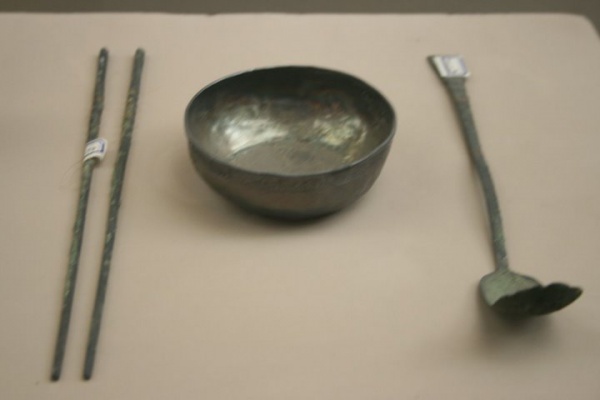Facts About Chopsticks
Chopsticks have been an essential utensil in East Asian cultures for over 3,000 years. These pairs of equal-length sticks are skillfully manipulated between the thumb and fingers to pick up food. The English term "chopstick" likely originates from Chinese Pidgin English, where "chop chop" means "quickly." Each East Asian country has its own name for chopsticks: they are called kuàizi in Chinese, hashi in Japanese, and jeo in Korean.
Originally, chopsticks were used primarily for cooking and serving food. It wasn't until the Han Dynasty that they began to be commonly used as eating utensils. The design of chopsticks can vary significantly between countries, differing in length, taper, and material. For instance, Chinese chopsticks are typically longer and made from materials such as bamboo or plastic, while Japanese chopsticks are shorter and often made from lacquered wood.
Using chopsticks comes with its own set of etiquette rules that differ by region. In China, for example, tapping chopsticks on the edge of a bowl is considered rude. In Japan, crossing chopsticks on the table is seen as poor manners.
The environmental impact of disposable chopsticks is a growing concern. With billions of pairs used every year, deforestation has become a significant issue. To address this, countries like China have introduced taxes on disposable chopsticks to encourage the use of reusable ones made from sustainable materials.
There is also a health aspect to consider. Using separate serving utensils during communal dining has become more common to prevent the spread of diseases. This practice has increased awareness about the importance of hygiene when using chopsticks.

 North Korea
North Korea